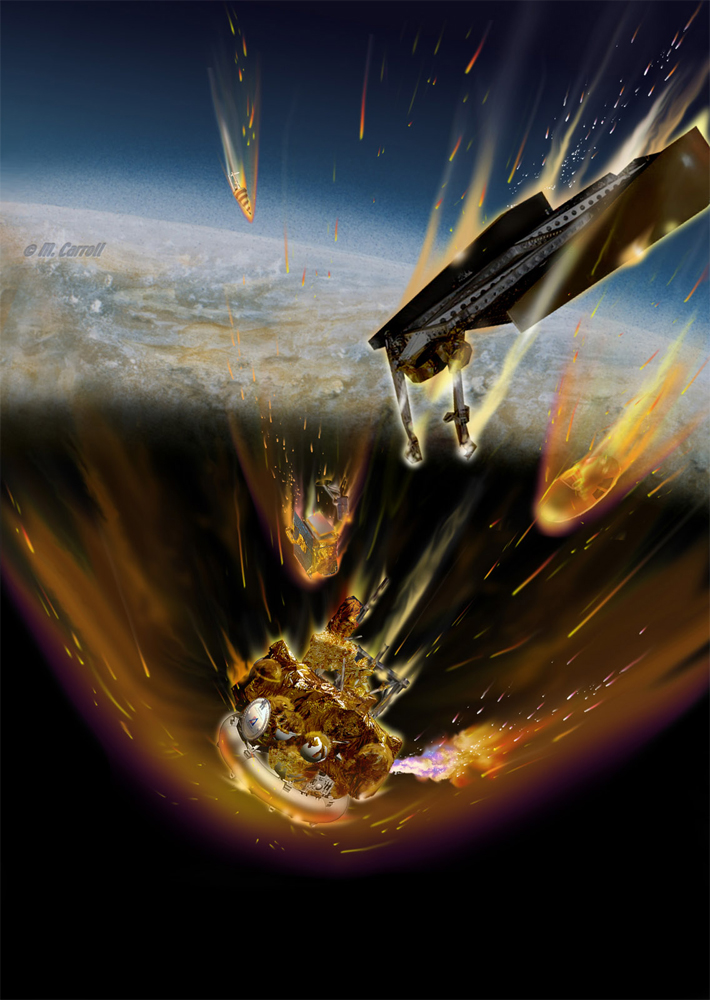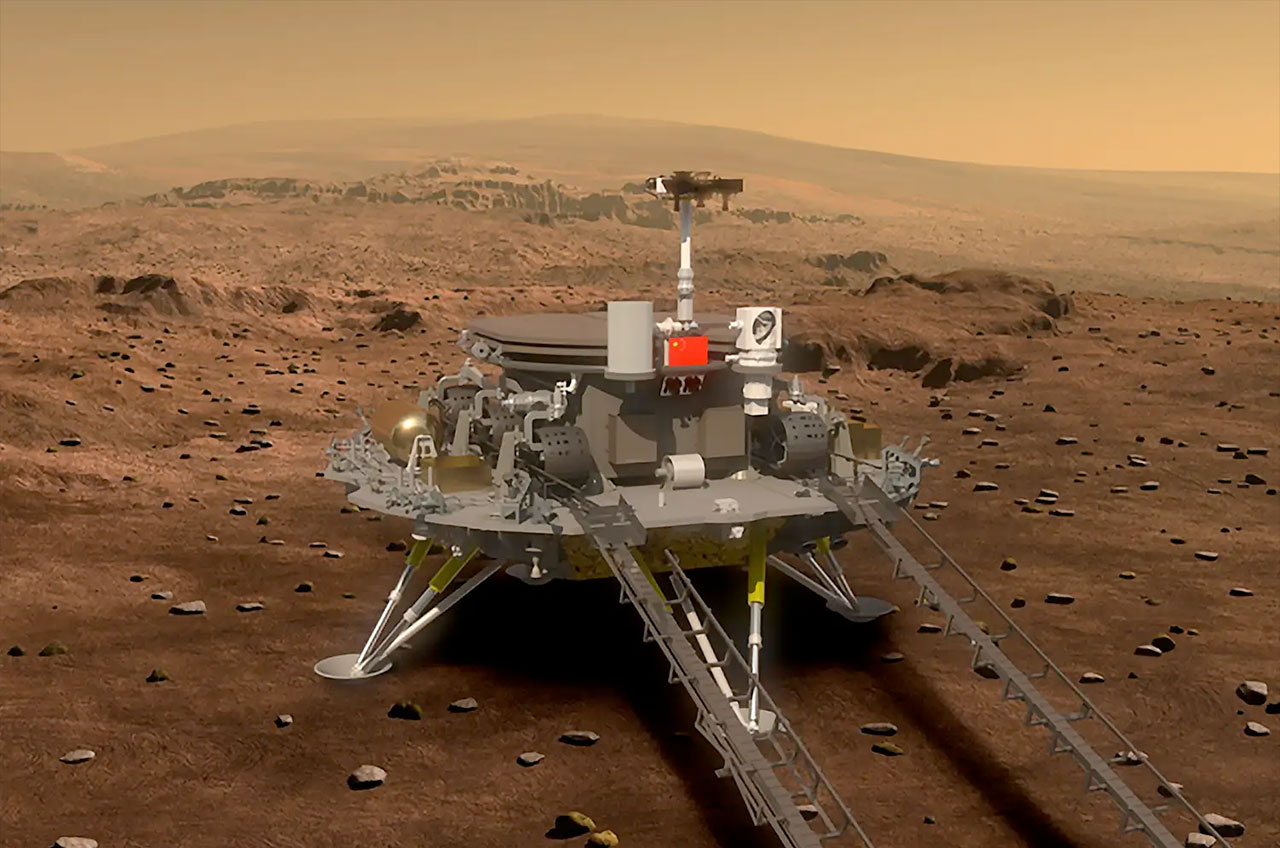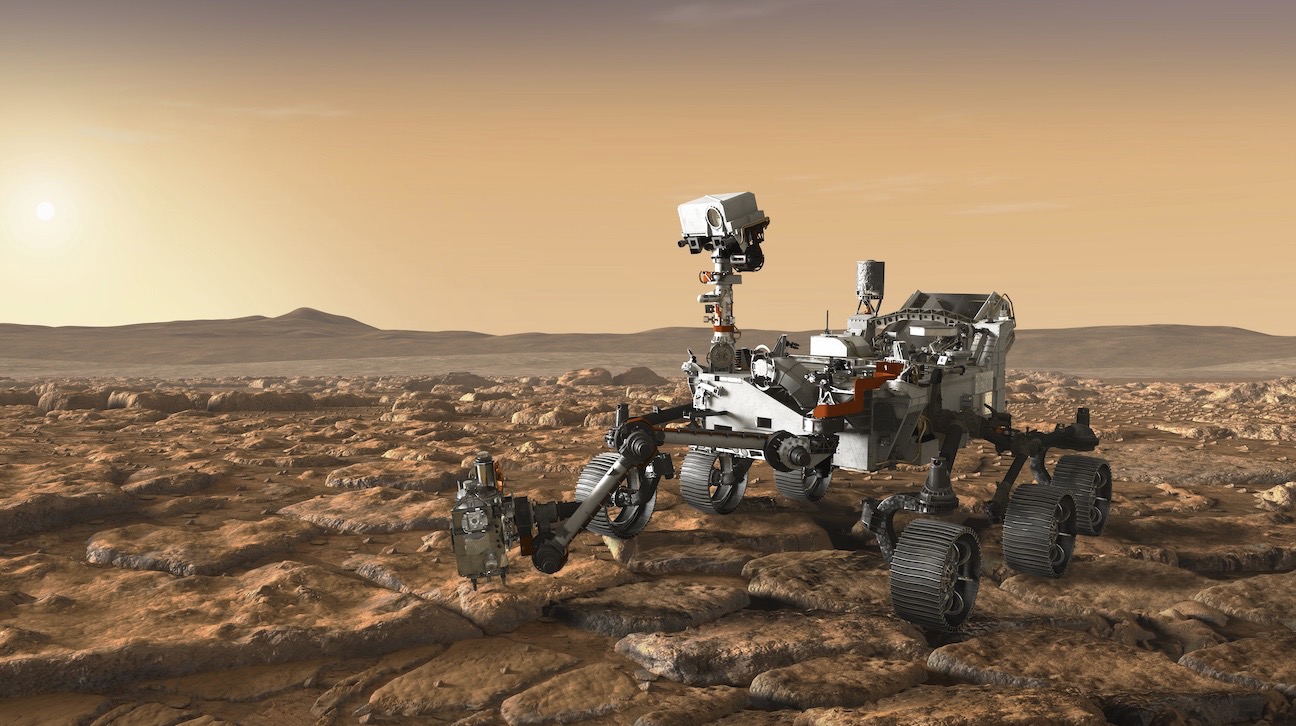The boldest Mars missions in history
Phobos-Grunt and China's 1st Mars Probe
Russia's Phobos-Grunt mission ambitiously hoped to return samples of Mars' moon Phobos to Earth. The two-stage Zenit rocket bearing the mission (also carrying the Chinese Mars orbiter Yinghuo-1) launched on Nov. 9, 2011.
However, the spacecraft failed to achieve the proper orientation to proceed to Mars, and ground controllers were unable to correct the positioning. It is believed that the spacecraft returned to Earth in an uncontrolled re-entry on Jan. 15, 2012, falling somewhere in the Pacific Ocean, though no remnants have been discovered.
Curiosity Rover
NASA's largest rover to date, the Mars Science Laboratory, also known as Curiosity, launched on Nov. 26, 2011 and aced a harrowing landing on Mars on Aug. 5, 2012. Curiosity rover is big as a car and contains a nuclear reactor for power.
Its landing mechanism, the "sky crane," represented a new way of delivering a payload onto the Martian surface. For the first time, this rover possesses a laser with which to vaporize rock and conduct experiments.
InSight
NASA's InSight Mars lander launched to the Red Planet on May 5, 2018 and successfully landed at at the Martian Elysium Planitia on the planet's surface on Nov. 26, 2018. The stationary probe, whose name stands for Interior Exploration using Seismic Investigations, Geodesy and Heat Transport, is designed to study Mars' interior.
Tianwen-1
Tianwen-1 is China's second attempted Mars mission and the country's first-ever Mars mission completed alone (the country worked to send the orbiter Yinghuo-1 into orbit around Mars and, while the mission failed to reach the Red Planet, it launched aboard Russia's Mars mission Fobos-Grunt).
The mission is an orbiter/lander/rover combination that is scheduled to take off July 23, 2020. With the success of this mission, China will become the third country to land on the planet.
Breaking space news, the latest updates on rocket launches, skywatching events and more!
UAE Hope
The United Arab Emirates is scheduled to launch its first-ever interplanetary mission, known as the Hope Mars mission this summer. The launch was delayed from its original July 14 launch date.
The mission will launch from Tanegashima Space Center in Japan aboard an H-IIA rocket. The $200 million spacecraft, also called the Emirates Mars Mission, is set to arrive at Mars in early 2021 after a seven month journey. Hope is designed to orbit over the planet's equator for a full Mars year (about two Earth years) to study Mars' atmosphere and weather.
Perserverance
NASA's Perseverance rover, originally known as the Mars 2020 rover, will search for signs of ancient life on the Red Planet. The rover is set to launch this summer no earlier than July 30. The car-sized rover holds a number of science experiments and tools including the Mars helicopter Ingenuity.

Space.com is the premier source of space exploration, innovation and astronomy news, chronicling (and celebrating) humanity's ongoing expansion across the final frontier. Originally founded in 1999, Space.com is, and always has been, the passion of writers and editors who are space fans and also trained journalists. Our current news team consists of Editor-in-Chief Tariq Malik; Editor Hanneke Weitering, Senior Space Writer Mike Wall; Senior Writer Meghan Bartels; Senior Writer Chelsea Gohd, Senior Writer Tereza Pultarova and Staff Writer Alexander Cox, focusing on e-commerce. Senior Producer Steve Spaleta oversees our space videos, with Diana Whitcroft as our Social Media Editor.






